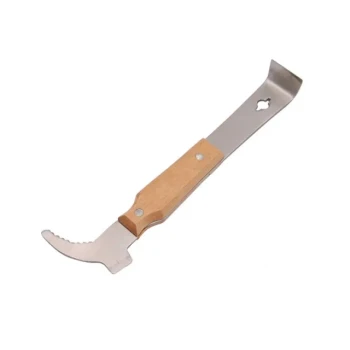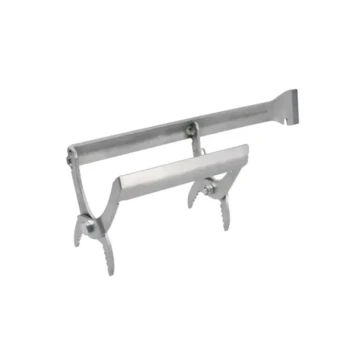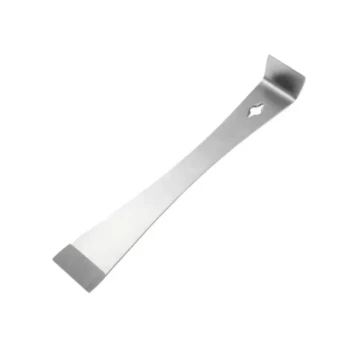The specific orientation of top-bar hive sides is a deliberate design choice that leverages bee biology to simplify hive management. By slanting the sides at a 120-degree angle to the bottom board, the hive mimics the natural geometry of honeycomb, which strongly discourages bees from attaching their comb directly to the hive walls.
The core purpose of the 120-degree slanted sides is to exploit the bees' natural building instincts. This design trick causes the bees to perceive the walls as an extension of the hive floor, a space they instinctively keep clear of comb attachments, ensuring each comb remains separate and easy to inspect.
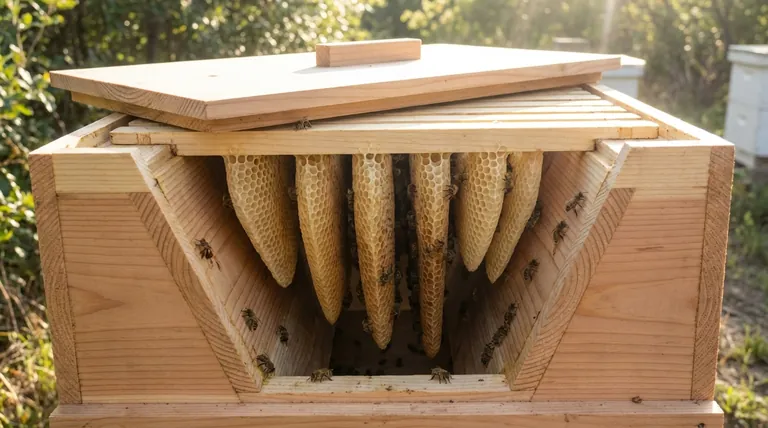
The Principle Behind the 120-Degree Angle
The effectiveness of this design hinges on a deep understanding of bee behavior and the geometry they naturally employ in their constructions.
Mimicking Natural Honeycomb
Bees are master architects, and their honeycomb is a model of efficiency. The hexagonal cells meet each other at a precise 120-degree angle.
This angle is a powerful architectural cue for them. When the hive walls present this same angle, it discourages them from seeing the wall as a viable attachment surface for their comb.
Exploiting Bee Instincts
The slanted sides effectively trick the bees into treating the walls and the bottom board as one continuous "floor."
Bees naturally avoid building comb all the way to the floor of their cavity. They leave a specific gap, known as bee space, to allow for movement and ventilation.
By making the walls feel like the floor, the hive design encourages this same behavior, prompting bees to stop building before they reach the sides.
The Practical Benefits for the Beekeeper
This subtle design feature has a significant impact on the day-to-day management of the hive, directly addressing a primary challenge in top-bar beekeeping.
Ensuring Movable Combs
The fundamental advantage of a top-bar hive is the ability to lift each comb out individually for inspection.
If bees attach the comb to the side walls (creating what is called brace comb), this becomes impossible. The beekeeper would have to cut the comb free, which is messy, destructive, and stressful for the colony.
Reducing Unnecessary Rebuilding
The slanted-wall design is a preventative measure. Once the bees are guided to build away from the walls, they tend to continue following that pattern.
The references note that even if a small attachment is formed and removed, the bees are unlikely to rebuild it, provided the rest of the hive's dimensions are correct. This saves the colony significant energy and resources.
Common Pitfalls to Avoid
While effective, the slanted sides are not a foolproof solution on their own. Their success depends on being part of a correctly proportioned hive design.
The Critical Role of "Bee Space"
The design only works if the overall width of the hive is correct. The concept of bee space (roughly 1/4 to 3/8 of an inch, or 6-9mm) is paramount.
If the hive is too wide at the bottom, the bees may perceive the gap between the end of their comb and the wall as being too large. They will then try to fill that excess space with brace comb, defeating the purpose of the slanted sides.
The Need for Comb Guides
The slanted sides prevent lateral attachments, but they do not ensure the comb is built straight along the top bar itself.
A proper comb guide—such as a thin wooden strip or a line of beeswax along the center of the top bar—is still essential to encourage the bees to draw the initial comb in a straight line.
Making the Right Choice for Your Goal
Understanding this design principle helps you manage your hive more effectively.
- If your primary focus is building a top-bar hive: Treat the 120-degree side angle as a non-negotiable design feature for easier management.
- If your primary focus is managing an existing hive: If you find persistent wall attachments, it may signal that the hive's internal dimensions are too wide for your specific colony.
- If your primary focus is a successful first season: Ensure your top bars have clear guides to work in tandem with the slanted sides for perfectly straight, manageable combs.
By respecting the bees' natural geometry, the slanted-side hive creates a more harmonious and productive environment for both the colony and the beekeeper.
Summary Table:
| Benefit | How It Works |
|---|---|
| Prevents Brace Comb | Slanted sides mimic the hive floor, discouraging bees from attaching comb to the walls. |
| Ensures Movable Combs | Allows beekeepers to lift out each comb individually for inspection without cutting. |
| Reduces Rebuilding | Guides bees to build correctly from the start, saving colony energy and resources. |
Ready to build or upgrade your apiary with hives designed for success?
As a trusted wholesale supplier for commercial apiaries and equipment distributors, HONESTBEE provides the durable, biologically-informed equipment your operation needs. Our top-bar hive components are engineered to promote healthy colonies and simplify your management tasks.
Contact our expert team today to discuss your bulk supply needs and discover how our beekeeping solutions can enhance your productivity and profitability.
Visual Guide
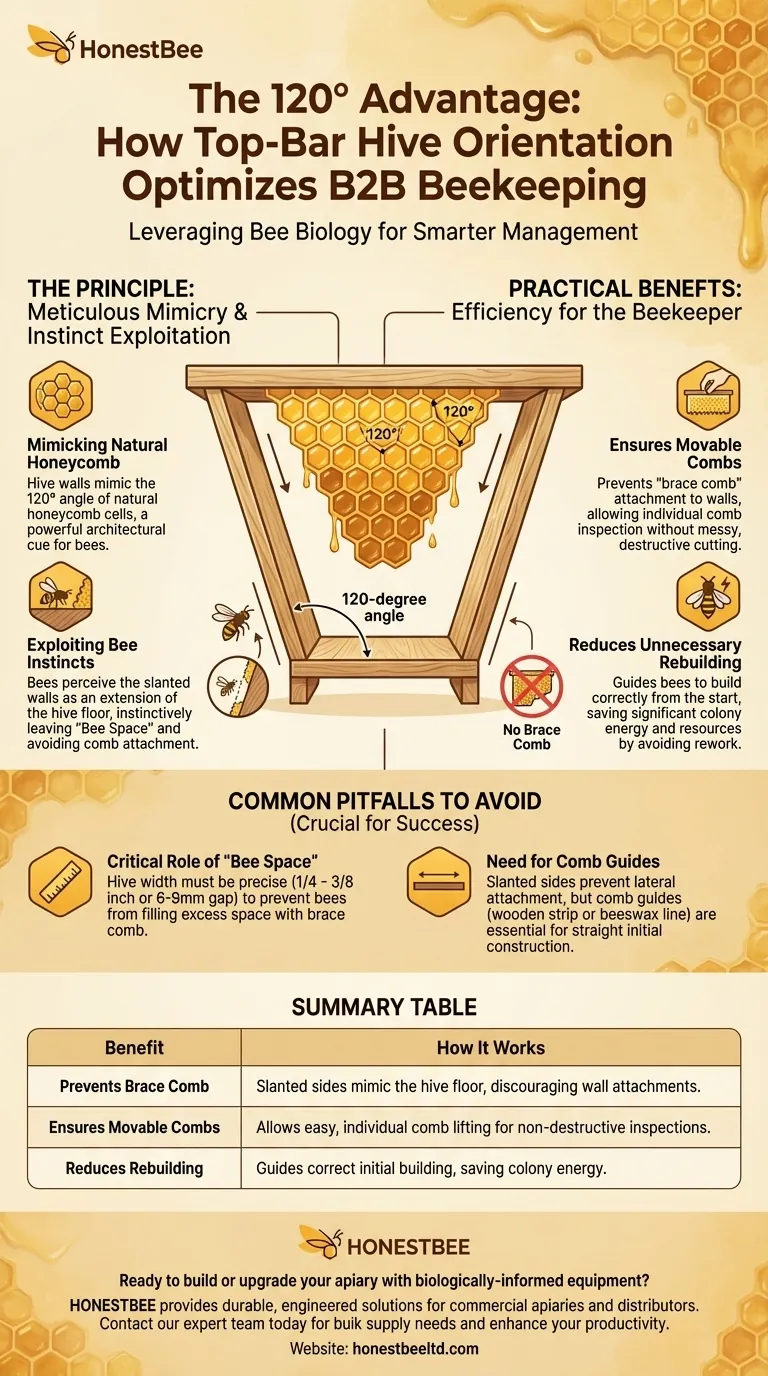
Related Products
- Langstroth Bee Hives Bee Keeping Box for Beginners Beekeeping
- HONESTBEE Advanced Ergonomic Stainless Steel Hive Tool for Beekeeping
- Professional Insulated Plastic Bee Hives
- Wholesales Dadant Size Wooden Bee Hives for Beekeeping
- HONESTBEE Professional Long Handled Hive Tool with Precision Cutting Blade
People Also Ask
- How does the ease of access differ between 8-frame and 10-frame hives? Choose the Right Hive for Your Body
- What are the key features of the Langstroth beehive? A Guide to the Standard for Modern Beekeeping
- What are the different types of beehive boxes available? Choose the Right Hive for Your Apiary
- Why are Langstroth hives recommended for beginners? Unmatched Support & Standardization
- What is the best type of bee hive for beginners? Start with the Proven Langstroth Standard





